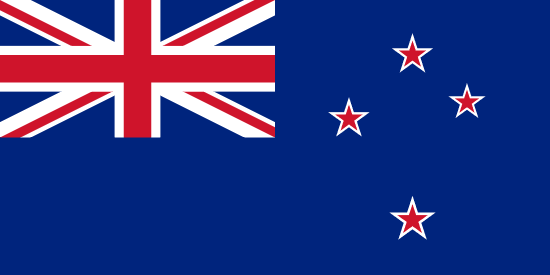"Adventure Capital of the World | Adventure Capital of the World"
About:
Queenstown, New Zealand, was founded during the Otago Gold Rush in the 1860s. It evolved from a small mining town to a major center for adventure tourism, particularly skiing and bungee jumping, by the late 20th century. Today, it's also known for its vineyards and as a gateway to the Southern Alps. The town has grown rapidly in recent years, leading to significant urban development and population growth. Despite these changes, Queenstown maintains its reputation as a premier outdoor recreation destination.
When to visit:
Queenstown, known as the adventure capital of New Zealand, offers a wide range of outdoor activities such as skiing, bungee jumping, and hiking. The best time to visit Queenstown is during the winter months of June to August when the town transforms into a winter wonderland and becomes a popular destination for skiing and snowboarding. Alternatively, the summer months of December to February also attract visitors seeking to enjoy the stunning landscapes and outdoor adventures in warmer weather. It is advisable to check the weather forecast and plan your visit according to your preferences for activities and climate conditions.
When to avoid:
Queenstown, New Zealand, is a popular destination known for its stunning landscapes and outdoor activities. The worst time to travel to Queenstown on a holiday would typically be during the peak winter season from June to August. During this time, the town is bustling with visitors seeking winter sports like skiing and snowboarding, leading to crowded attractions and higher prices. Accommodation can be limited and more expensive, so it is advisable to plan your trip well in advance or consider visiting during the shoulder seasons for a more relaxed experience.
Winter (June-August)
In Queenstown, New Zealand, the coldest part of the year is during winter, from June to August. Average temperatures range from -2°C to 8°C. Snowfall is common, especially in the mountainous regions, making it a popular destination for skiing and snowboarding. Days are shorter, with approximately 9 hours of daylight, and cloud cover is significant. Rainfall varies, but July is the wettest month, averaging 80mm. An average day for a visitor might involve bundling up for outdoor activities in the crisp, chilly air, followed by cozy evenings by the fire.
"Summer (December–February)"
In Queenstown, New Zealand, the warmest part of the year is typically from December to February, which is summer season. During this time, the average high temperature ranges from 20°C to 25°C (68°F to 77°F), while the average low ranges from 10°C to 15°C (50°F to 59°F).
Rainfall is relatively low in summer, with an average of 50-75mm per month. These months also have the longest days with about 15 hours of daylight at the solstice in late December. This means plenty of sunlight for outdoor activities.
Humidity is typically low in Queenstown during the summer, contributing to the comfort of the warm temperatures. The average relative humidity ranges from 50% to 70%, which is quite dry.
Cloudiness varies, but clear or partly cloudy days are more common than overcast ones. On average, you can expect about 60-70% of days to have significant sunshine.
A typical day for a visitor in Queenstown in the summer starts with a slightly cool morning, warming up to a pleasant, warm afternoon. The low humidity makes the heat comfortable rather than oppressive. With long hours of daylight, the evenings are mild and extended, perfect for enjoying the stunning landscape. The relatively low rainfall and cloudiness mean you're likely to have clear, sunny days for the majority of your visit.
Language:
In Queenstown, New Zealand, the most commonly spoken language is English, due to its status as the national language. However, due to the city's popularity as a tourist destination, a variety of languages can be heard, including Mandarin, German, and Spanish. Additionally, Te Reo Māori, the language of New Zealand's indigenous Māori people, is also spoken, though less commonly.




